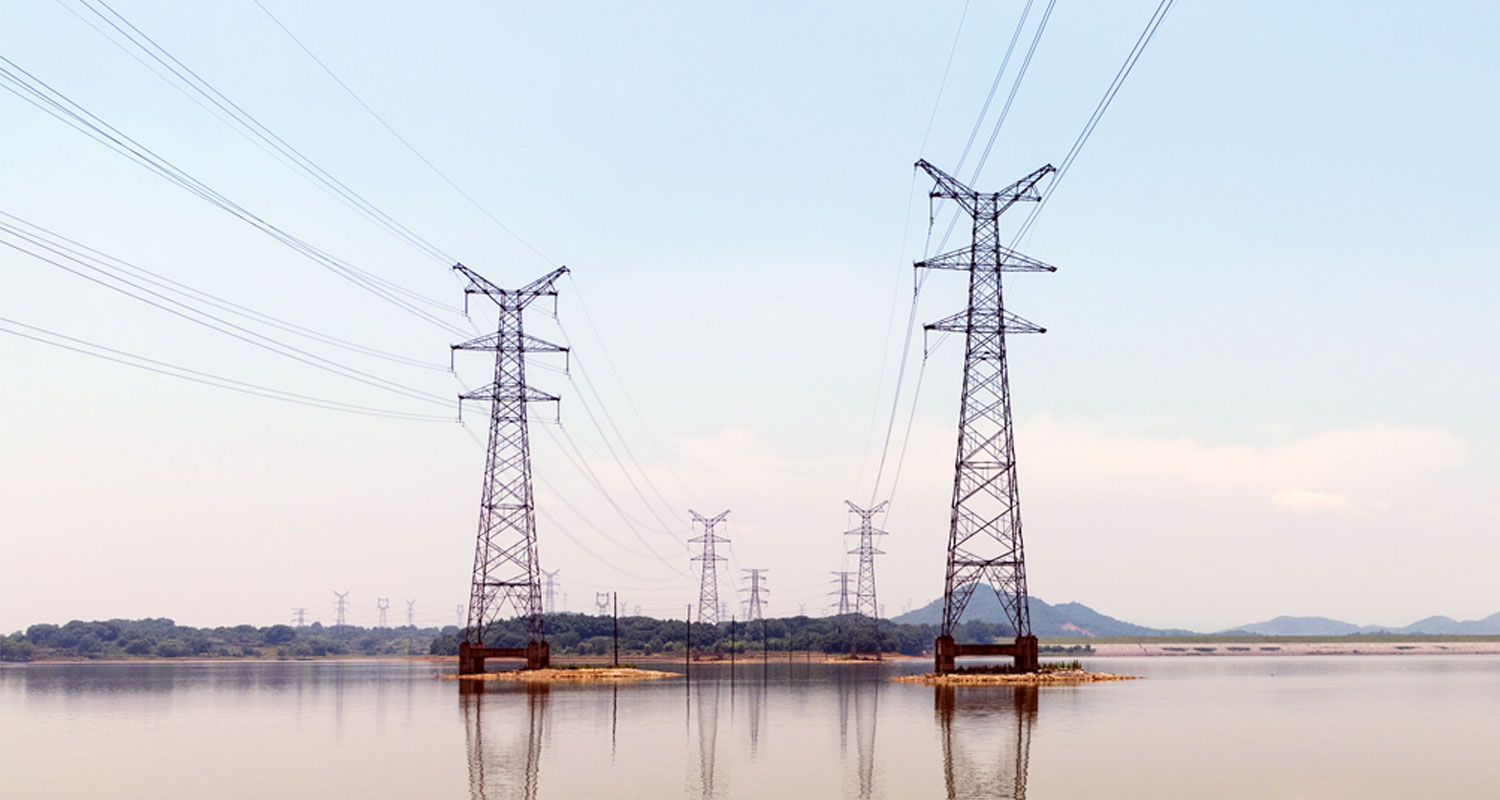 Eskom has provided details about its plan to procure a gigawatt of additional electricity supply on an urgent basis to reduce the impact of load shedding.
Eskom has provided details about its plan to procure a gigawatt of additional electricity supply on an urgent basis to reduce the impact of load shedding.
Eskom said in a statement on Monday that it has launched three programmes to procure electricity for the constrained national grid.
Initially, it said, the programmes will focus on securing electricity from power generators capable of supplying at least 1MW to the grid.
“Over time, the threshold will be lowered to enable smaller producers to participate,” it said. “The combined impact of the programmes, predicted to exceed 1GW, will make an important contribution towards reducing the load shedding burden on consumers.”
Read: Eskom crisis is driving South Africa to the edge of a cliff
The move comes as Eskom imposes stage-6 load shedding on South Africa, equal to the worst cuts the country has ever seen.
Eskom said it hopes to sign the first supply agreement as early as later this week so that the electricity can “start flowing through the grid as soon as possible”.
The three programmes are:
- The standard-offer programme, to procure power from companies that have existing generation capacity for a period of three years. “The standard-offer approach allows Eskom to purchase electricity at an established price calculated at the avoided cost of own generation (including long-term energy purchases from independent power producers). The standard offer allows for a static price, which is established each year, based on the regulatory-approved cost recovery and covers the variable cost of generation. It also allows for a dynamic price option where the price is set the day ahead for each hour of the following day, indicating the avoided cost of generation based on internal scheduling of generators.”
- The emergency generator programme, to procure more expensive power during periods when the grid is significantly constrained. “The programme allows for independent generators to provide energy daily to compete with the Eskom generators in the internal market. The independent generators will supply into the grid based on the offer price and availability provided.”
- The bilateral power import programme, to secure imports of power to the country from neighbouring countries. “Several countries have expressed an interest in selling additional surplus power to South Africa. The programme will provide a mechanism to access such opportunities. Eskom is already importing electricity from some of its neighbours via the Southern African Power Pool, an average 200MW that is being used to augment Eskom generation capacity when the grid is constrained.” — © 2022 NewsCentral Media




